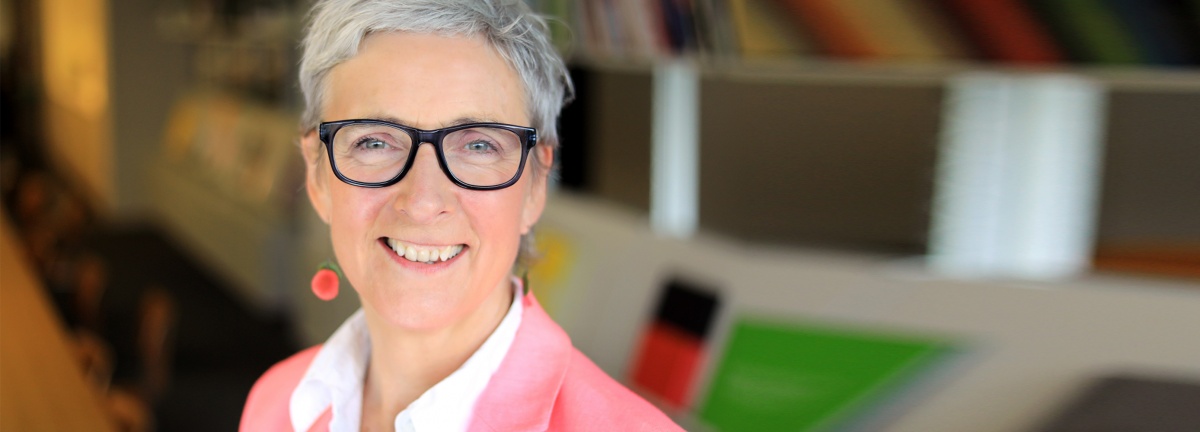It might be contentious, but ‘building beautiful’ could fix housebuilding

The Building Better, Building Beautiful Commission offers us a chance to change the system, writes Design Council CEO Sarah Weir.
There is a general consensus that the system of how we build houses, places and spaces in this country simply isn’t working. While the Building Better, Building Beautiful Commission may not be the catchiest name, and the term ‘beautiful’ will always prove to be contentious, the commission’s ongoing work offers us an important opportunity to change this for the better.
I can see why the idea of ‘beauty’ as a deciding factor in future place-making has caused some raised eyebrows. But to understand the real value and meaning behind the report’s intentions, we need to set beauty within a much wider context than aesthetics alone. Just like design, beauty is not purely about aesthetics and of course, places are not just about aesthetics either. Places need to have real purpose and they need to work for the people who live in them.
Just like design, beauty is not purely about aesthetics and of course, places are not just about aesthetics either.
Sarah Weir OBE, Chief Executive, Design Council
One of the policy propositions in the report, released earlier this week, talks about ‘beauty and the spirit of place defined and demanded locally’, seeking to understand ’what beauty means and how it relates to locality’. This is less about making a binary choice between beautiful versus ugly buildings and more about taking a more nuanced approach to understanding the distinctive needs and characteristics of an individual community or area.
Similarly, the report also quotes the aims of 1909 Planning Act: ‘to secure the home healthy, the house beautiful, the town pleasant, the city dignified and the suburb salubrious’. Again, it’s about setting the idea of beauty into the broader context of how all the individual elements that comprise a ‘place’ work together to create a more meaningful whole.
To aid the communication of this approach across the board, naming and shaming planning proposals deemed ‘ugly’, as the report proposes, might not be the best approach. Doing so risks blocking people out of the conversation, when what we really need is for more people to be in the conversation to make the whole process as inclusive as possible.
This leads me to another important part of the report: empowering communities by bringing their voices into the conversation in the early stages of planning.
Naming and shaming planning proposals deemed ‘ugly’, as the report proposes, might not be the best approach
Sarah Weir OBE, Chief Executive, Design Council
Of course, this needs to be done in the right way to avoid over-complicating the process. It’s not about having lots of consultations. It’s about having the curiosity and interest to have a real conversation and to listen to different views and diverse opinions early on in the process. This will help ensure that developments that reach planning permission stage have the real needs of the people, who will be living in them long after the developers have gone, embedded within them.
Other key aspects of the report include shifting the focus from housebuilders to placemakers; putting a greater emphasis on collaboration not just consultation; and increasing the level of skills and design knowledge within local councils to help guarantee that excellent design serves as the golden thread running through the development of all new homes, places and spaces.
In the meantime, we welcome policy proposals that help improve access to nature, reduce car reliance and support the master-planning of homes, infrastructure, public space and services.
After all, we at Design Council believe that well-designed places bring people together, foster a sense of community, improve health and wellbeing, stimulate the economy, and create more sustainable places to live. If the current system isn’t working, then we need to change it. The work of the BBBBC offers us all a fantastic opportunity to do just that.
This article was originally published on The Architects' Journal website
Subscribe to our newsletter
Want to keep up with the latest from the Design Council?
